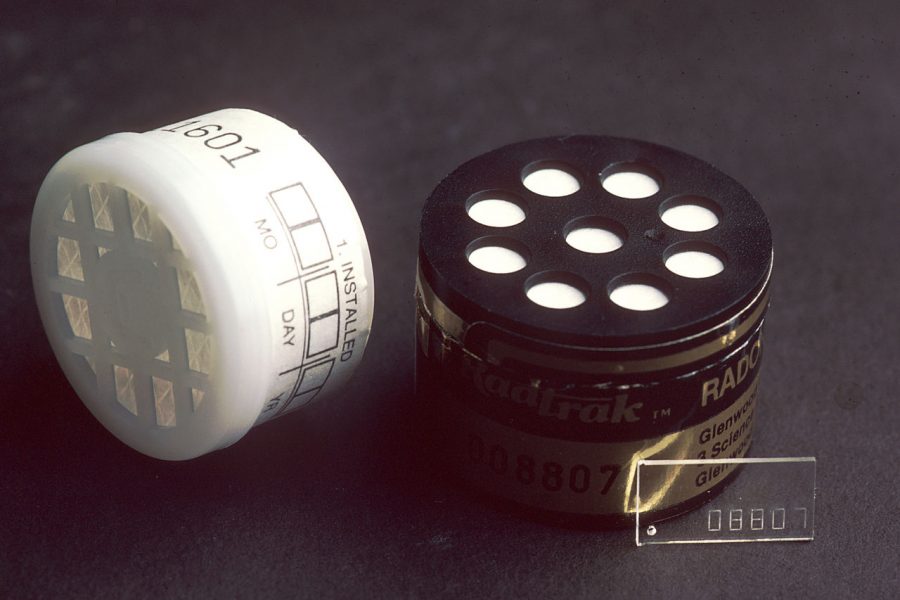District-wide radon testing
You cannot see, taste, or smell it, but it can kill you. That is why District 95 had buildings tested the week before Spring Break.
“We hired a company called Radon Detection Specialists to do the testing for us. Five years ago I did it myself, but this year we wanted to bring in an outside consultant,” Lyle Erstad, director of facilities and grounds, said. “I started becoming aware of the subject though prior to the actual testing. I started to study up on it and went through an online course offered by the IDPH to become more knowledgeable of what was radon and how to test it.”
The Illinois Department of Public Health (IDPH) recommends radon testing to be done in any occupied building to protect occupants from “damage to the cells and tissues of the lungs, which can cause lung cancer.”
Following Erstad’s research and self-administered tests done in 2011, District 95 conducted another test this year with more accurate equipment than before.
“This go around we used a self-contained electronic detection unit, and there they measure the number of, I believe, electrons that escape during the period of time that the test is in place,” Erstad said. “[They were then] sent to a qualified laboratory for analysis.”
With only three more facilities left, “all of the schools tested fine,” and District 95 strives to finish testing before the weather transitions.
“You typically want to do it in periods of time, say from October through the winter time period, when you can keep windows closed particularly,” Erstad said. “The heating and air-conditioning system has to be operating normally, but they want the windows closed. Otherwise, it’s really false. It’s not a true reading.”
If a true reading cannot be found or the reading is “above the concern level” then rooms would be re-tested with an even more accurate and time-consuming device and assessed from there, according to Erstad.
“If then it is determined there is a concern above the [safe level] then they have to mitigate the room. To mitigate [means] going below the floor level and exhausting whatever is happening underneath,” Erstad said. “It’s just a matter of coring the floor and then mechanically exhausting the air that’s underneath your slab.”
Though not a requirement by the state of Illinois, radon testing is going to continue every five years throughout District 95 buildings to maintain the safe environment and with the hope of never having to mitigate.
“Radon Testing is something that part of our Indoor Air Quality Program that we have in District 95, and it is a requirement of that program,” Ryan Rubenstein, assistant principal for facilities and activities, said. “It’s one of those things that we just do, and every time that we’ve done it our readings have been just fine.”

As a senior in her third year on staff, Megan (spelled the right way) will be taking on the role as Magazine Editor-in-Chief of Bear Facts Student Media....

